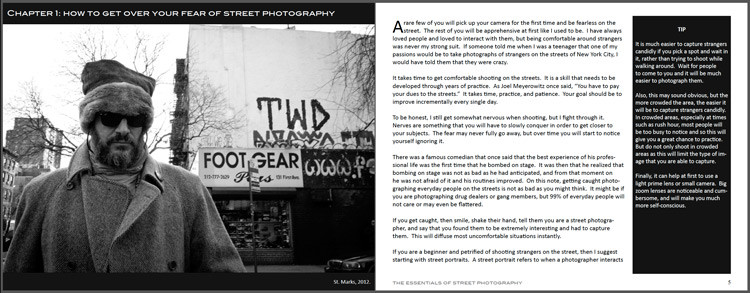Consistency and creating a cohesive vision and style is one of the most difficult aspects to master in street photography. In this article, you’ll get some solid tips to help you create your own style of street photography.
This is because street photography ultimately begins with a random collection of moments that were photographed by chance. The ultimate endpoint is an idea, a story, or a feeling to the work that brings the viewer closer to you and who and what you are photographing.
But how do you do this? What is the path that you need to take from walking out the door and looking around randomly to understanding what you are shooting, to ultimately putting together a consistent style and body of work?
Disclaimer: I know it’s tempting to photograph the empty streets of your city in such a pivotal time in our history, but it’s really important for people to be safe and smart right now, for both themselves and everyone else in the city. And I prefer photographs of my city, New York, with the people, crowds, and spirit that comes with that. New York without people on the streets is not really New York. So please stay home and stay safe.
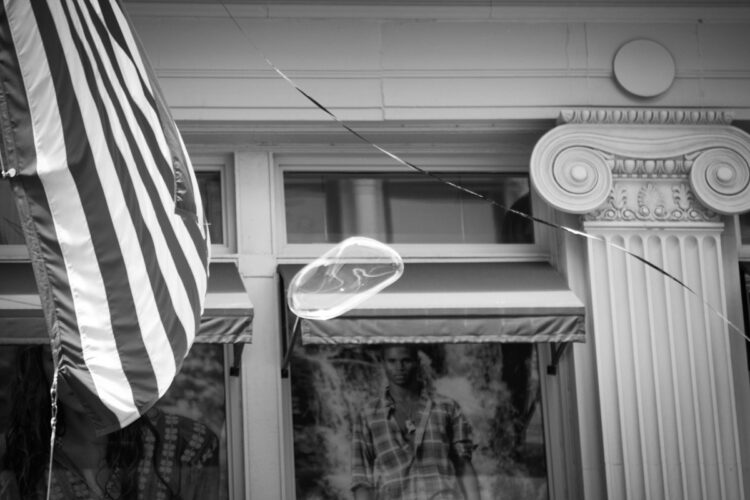
Here are my tips to help you figure out the path to improving your street photography by creating your own style.
Experiment and switch it up
I would argue that style is more about what you choose to photography than how you choose to shoot it. Your photographs don’t have to all specifically look the same to have a cohesive style. What will ultimately bring your work together is the vision that you develop and the ideas that you choose to portray.
Because of this, I think it’s very important to experiment. Try different cameras and different lenses. Try color and black and white. Shoot in different areas. Capture different types of people. The more you try, the more tricks and looks you will be able to bring into your work which will help you develop over time.
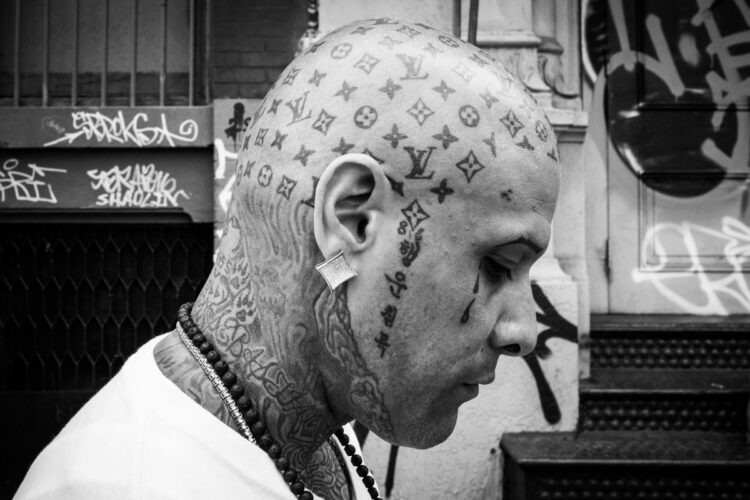
The important thing to mention here is that different portfolios can look different. All of your work just does not have to look the same to be a consistent body of photography. It’s great if it does, but it’s okay if it doesn’t.
Maybe one of your ideas will be best done with a small camera 35mm prime lens. It might include lots of chaotic moments on street corners and you choose to convert the images to black and white.
Another option is to use a medium format camera with a longer lens in quieter areas, include more portraits, and shoot in color. Your vision, quirks, and style can be cohesive through these different portfolios even if they are created with different cameras and have different qualities to how they look and how you shot them.
Study the work of other photographers
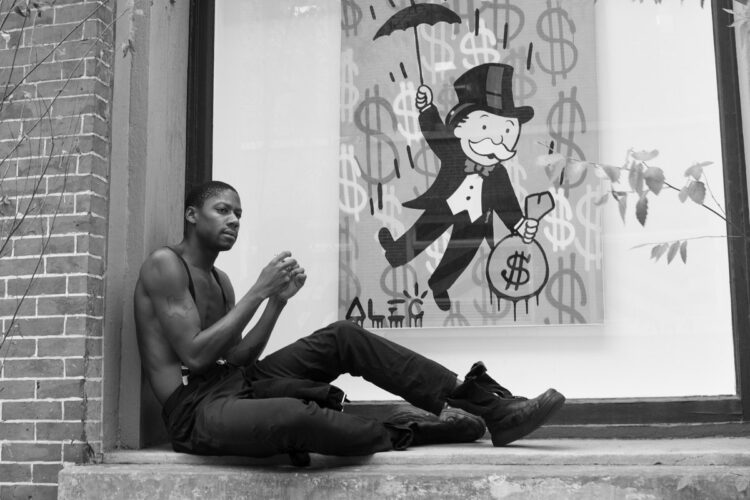
One of the most important aspects of experimenting is studying the work of other photographers.
Over time, you will learn what you like and dislike and you will start to bring your favorite aspects of other photographers into your work as you build your own unique style. This will broaden your sense of possibilities when out photographing.
When looking through the work of other photographers who have been around for a long time, it is amazing to see how the work looks and feels completely different, despite possibly shooting in the same areas and same circumstances.
Their ideas and vision shine through despite what is presented to these photographers in the real world.
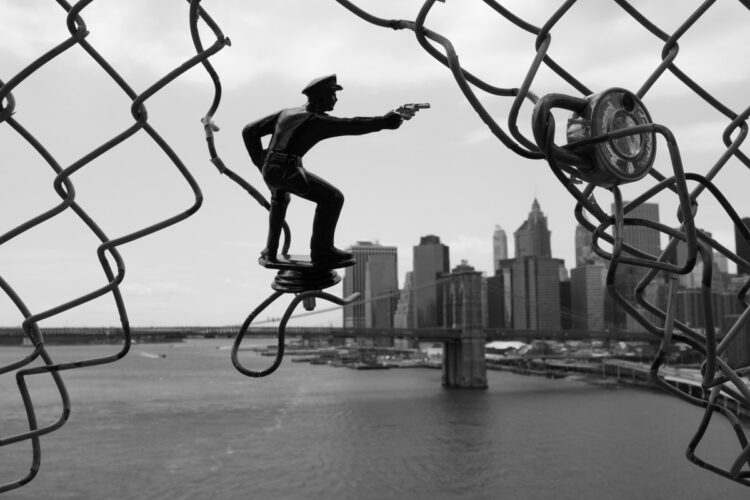
Start by learning about the history of famous street photographers, then explore more contemporary work. The internet is an incredible resource you can use to learn about many photographers in a short period of time.
But there is only so much you can learn on the internet. It’s tough to get a full sense of any photographer’s vision while just looking at a small number of top-hits from a photographer who has been shooting for decades.
Once you choose some photographers you like, the next step is to explore their street photography books. This is where and how street photographers are able to show their full vision, through sequencing and design.
NOTE: Check out James’ ebook The Essentials of Street Photography & Street Photography Conversations (use the code DPM to get $5 off).
Books can share not only their most jaw-dropping work but also their more subtle and nuanced work that you might never see on the internet. The photographer can set a tone and a pace and take you slowly through an idea without any distractions. And there is just no comparison to seeing photographs on a printed page.
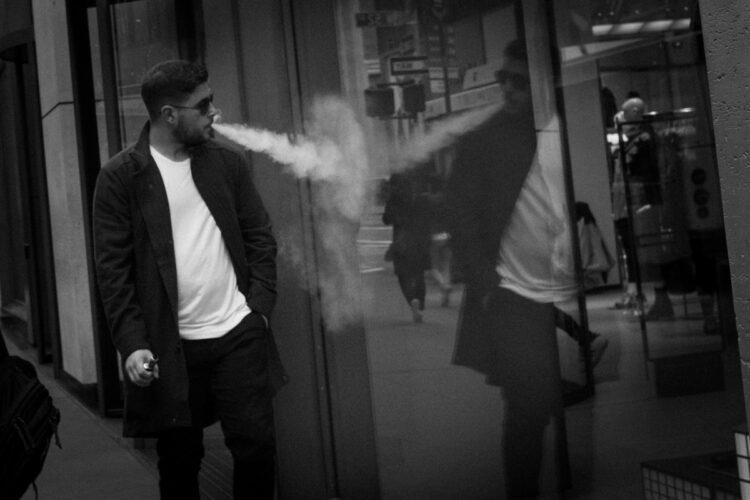
Be consistent for each project
The time to be fully consistent in how you shoot is for each of your individual projects. Pick a camera, pick a lens, figure out what you want to shoot and how you want to shoot it, and stick with it.
While it’s possible and some photographers do it very well (and you can too), it is very difficult to have a consistent body of work where all of the photographs look completely different. It’s distracting.
Find your vision – build your voice

Much of the best street photography work is very personal. The better you know yourself, the better and more intimate the work will be.
How do you see the world? Are you happy, sad, lonely, hopeful, anxious, or angry?
Bring these aspects out in your work. Search for people who are feeling similar things and try to capture them showing that emotion. Pay attention to their expressions, the looks in their eyes, or the gestures in their bodies.
Use the aspects of the world that you are the best at noticing to show a strong vision.
Photograph the same area consistently

Similarly, you can do this with an area instead of yourself. You can use your photography to diagnose a place.
While you can and should explore new areas as often as you like, go back to the best spots over and over again and try to show what they are really like. The more time you spend in an area, the better you will understand it.
Moments will pop out at you each time you go to that spot, that you may have completely missed on previous trips. It’s incredible how this will continue to happen the more time you spend in that place.
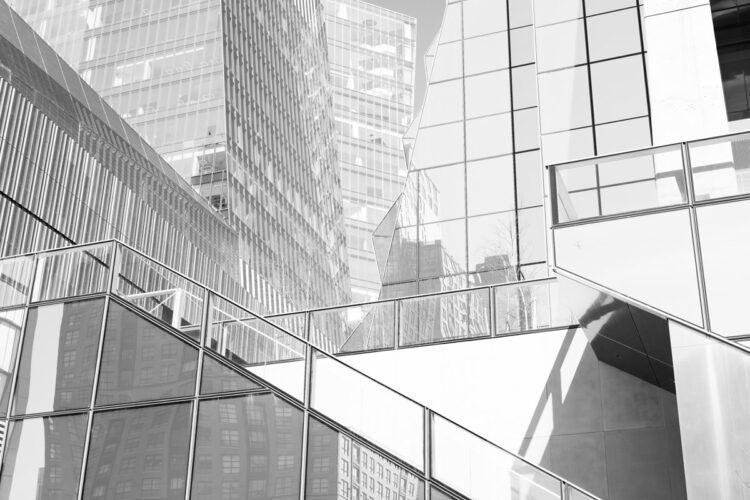
As you understand the area, the people, and the nuances more, your photographs will become much more intimate. It’s that intimacy and this repetition that will help you to build your vision and ultimately a cohesive street photography style.
Group and sequence your work while editing
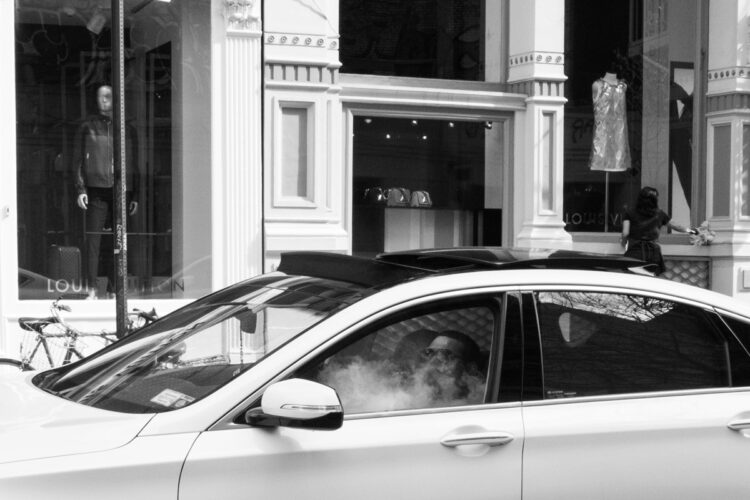
Editing is just as important as photographing for building a cohesive vision, maybe even more so. This is where you can group your photographs, see what’s working and what isn’t, and start to build a story or overall idea. This is where you create the look and feel of your photography.
It’s the work that you do in the editing process that will help inform you when you are out photographing. As you build your ideas, you will begin to see more moments out there that fit within them, and this cycle will continue and spiral faster and faster.
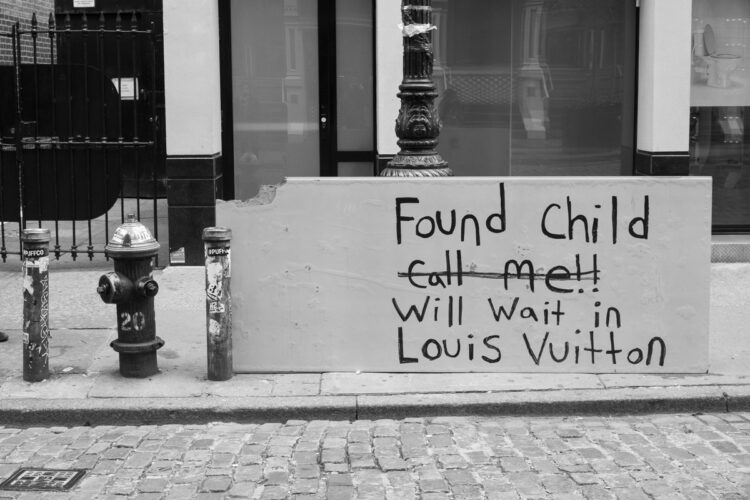
But keep in mind that your projects might change significantly over time. A few years later, a body of work may have a completely different feel and some of your favorite photographs early on may not even be part of the project anymore.
Put in the time
No matter what you do, there is no factor that is more important than how much time you spend photographing. You’re filtering the world to create a portfolio that adheres to your vision, and the moments that allow you to do that effectively just don’t come about very often.
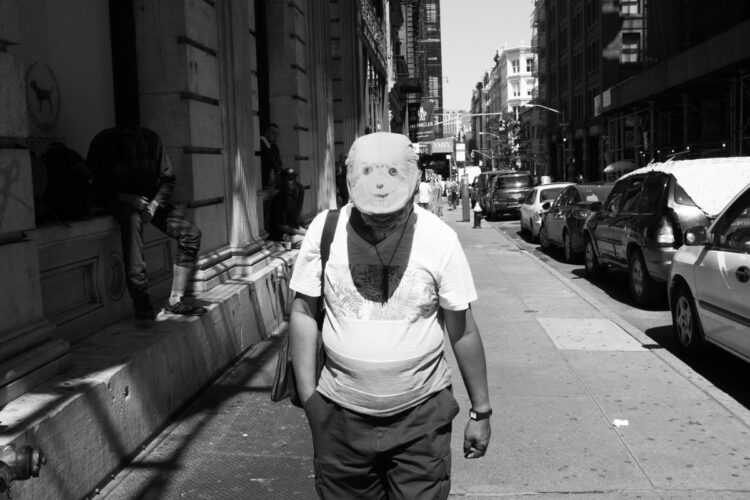
You need to be consistently dedicated to giving yourself the time to be lucky enough to build a significant portfolio of this cohesive work.
If you want to read more about street photography check out my newly updated ebook: The Essentials of Street Photography & Street Photography Conversations. CLICK HERE to buy it or get more details
Get $5 OFF the regular price of $19.95 (by using the discount code: DPM – a special just for Digital Photo Mentor readers!
- Completely rewritten and edited.
- 40 more pages.
- New Advanced Topics section with 8 additional chapters.
- Over 50% new photographs.
- Fascinating interviews with Alison Mcauley and Charalampos Kydonakis.
